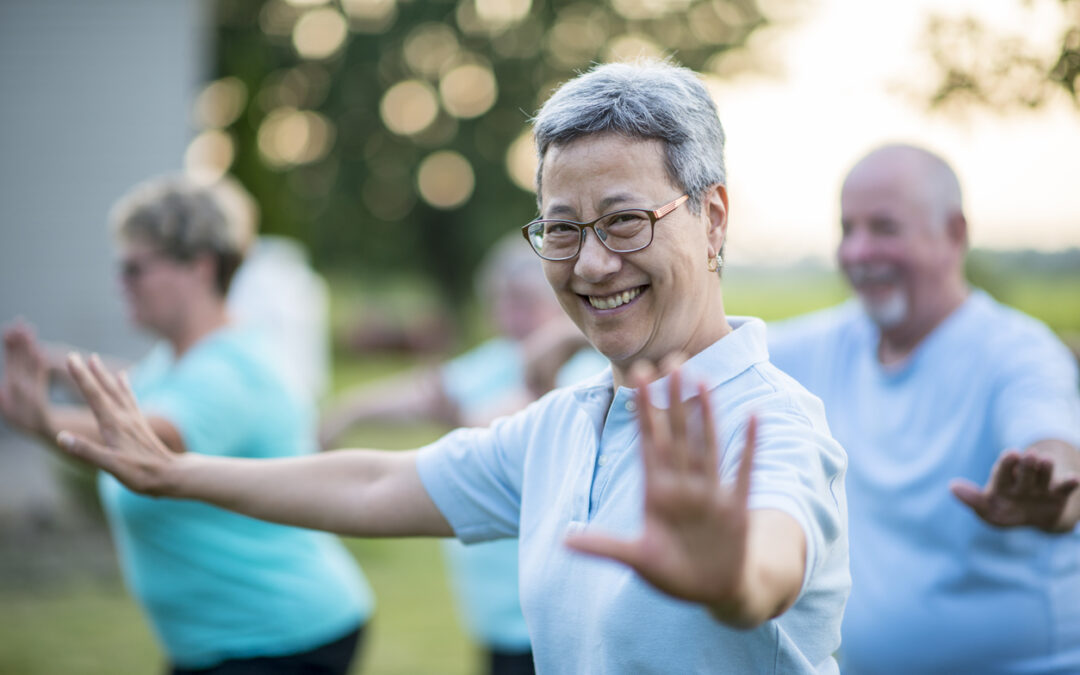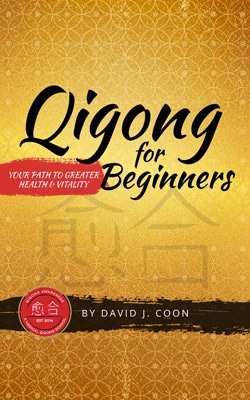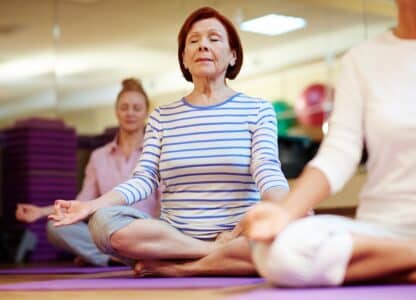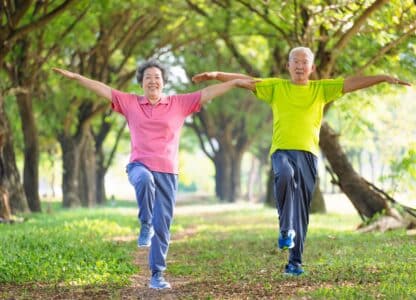What are the 8 Brocades?
The 8 Brocades also referred to as Ba Duan Jin is one of the most popular Qigong practices dating back nearly 1000 years during the Song Dynasty in China. Qigong pronounced “Chee Gong”, is an ancient form of exercise that incorporates mindful movement, meditation, and breathing practices. You may have heard of the most popular form of Qigong called Tai Chi. The Eight Brocades is currently the second most popular form of Qigong practiced around the world. As the name suggests there are eight Qigong movements associated with this form. Also, referred to as the Eight Brocades of Silk because of the silken quality of movements practiced during this form.
The Eight Brocades was developed by General Yue Fei as a form of exercise for his soldiers. According to this ancient lore, Yue Fei taught these exercises to his soldiers to keep their bodies strong, healthy, and prepared for battle.
How do the 8 Brocades relate to Qigong?
The 8 Brocades is a particular style of Qigong Exercise Practice in the same way that Kung Fu is a particular style of Martial Arts Practice. Many Qigong and Martial Arts forms are made popular by specific Master Teachers who attracted large student bodies. Students of these Masters who shared the lineage far and wide popularized modern forms of Qigong such as Tai Chi, The 8 Brocades, Primordial Qigong, and Soaring Crane Qigong to name a few.
Why are they called the 8 Brocades?
The 8 Brocades also referred to as the 8 Precious Chinese Exercises, 8 Silk Brocades Qigong, Eight Pieces of the Silk Brocade, 8 Silken Movements, Ba Duan Jin, Baduanjin, Baduanjin Qigong, Eight Pieces of Brocade, and Eight movements have different names for many reasons. Since the time of General Yue Fei, these Eight Movements have been passed down for generations by different students and teachers referenced in similar yet different ways over the years. In addition, these practices were also shared in many different countries with different languages and this also explains the variations in these names. For example: In China, the popular Chow Fun Noodles are referred to in Thai Cooking as Pad See Ew Noodles or Wide Rice Noodles. They are the same delicious noodles just referenced differently.
8 Brocades Benefits
The Eight Brocades is considered by many to be a form of Medical Qigong. Medical Qigong is a branch of Traditional Chinese Medicine (TCM). Each of the Eight Brocade movements places an emphasis on healing certain areas related to the physical and energetic body. TCM emphasizes the healing of specific Zang/Fu organs and their related Acupuncture Meridians.
Ancient texts reveal that the Eight Brocades was also a form of Qigong designed to eliminate fatigue. Several of the eight exercises are designed specifically to eliminate fatigue and harness energy (qi) which allows for greater longevity. One of the exercises for example is referred to as the Wise Owl Turns Its Head To Eliminate Fatigue. Energy in TCM and Qigong practice is traditionally associated with the kidneys. When people become stressed their kidneys become over-taxed due to the effects of excessive adrenaline. Several of the Eight Brocade movements address the healing of the kidneys.
There are numerous benefits from the Eight Brocades Qigong Practice including improved energy, vitality, bone density, strength, flexibility, balance, coordination, and longevity to name a few. Also, a great practice for reducing blood pressure, cancer support, thyroid issues, back pain, arthritis, and more. Many people seek out this practice when they are dealing with Hashimoto’s disease, hyper, and hypothyroidism, hormonal imbalances, chronic fatigue, headaches, migraines, depression, and anxiety.
Here is a free 23-minute version of the Eight Brocades that you can practice right now in the comfort of your home. Qigong Awareness also has a complete 15-hour Online Course for a deeper and broader experience: Medical Qigong & The Eight Brocades For Longevity. This is a 15-hour course where you will learn both how to practice the full 8 Brocades Qigong Exercises and how to teach the practice. You will also learn how to give a Medical Qigong Healing Session for Longevity. You can read more about the course here.
8 Brocades Breathing
How do you breathe in the 8 Brocades? There are essentially two basic ways to practice breathing while performing the Eight Brocades. In the most basic version, a practitioner focuses on the movements of the forms connecting the mind and the body and allowing the breath to naturally follow. In this particular version of the practice, the breath is simply observed without emphasis or control. In the second version of the breathing practice in conjunction with the movements of the Eight Brocades, each exercise has its own particular breathing patterns. A significant part of Qigong practice has to do with placing the emphasis on connecting the mind, body, and breath. As a student becomes more proficient in the practice more details may be added to each exercise including how and when to breathe.
Can I do the 8 Brocades while seated?
Yes, the 8 Brocades may be practiced from a seated position. While making the arm movements and practicing the breath the seated practitioner may also visualize their entire body performing the movements for maximum benefit.
Lee Holden Interviews David J Coon
At Qigong Summit 2022, Lee Holden and David had a conversation on Qigong and the practice of the 8 Brocades. After the discussion David leads an example 8 Brocades class.







